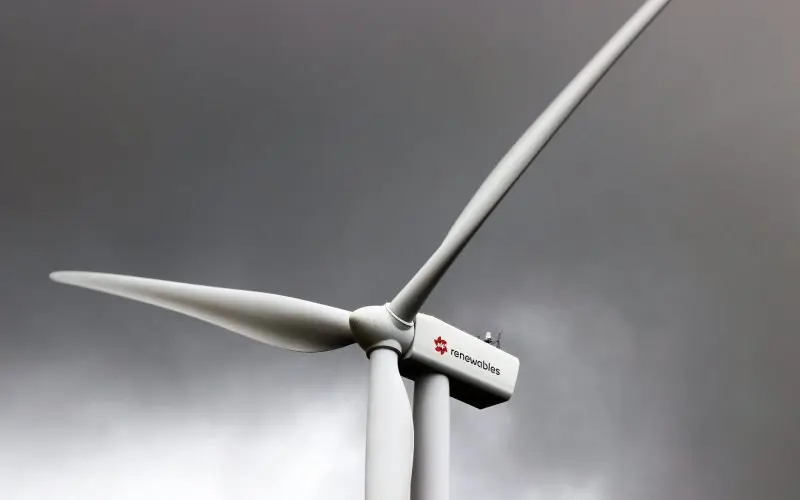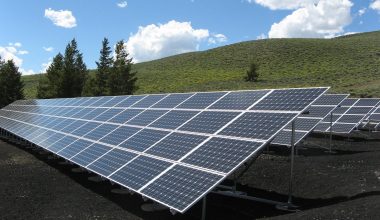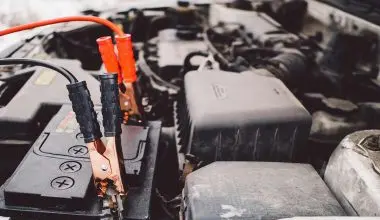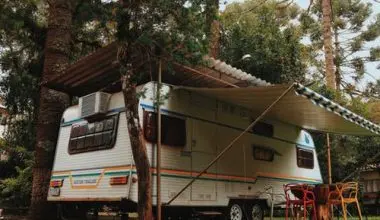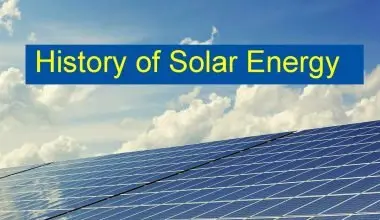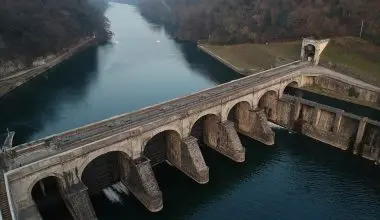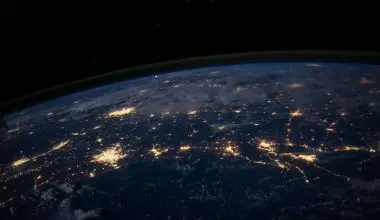Table of Contents Show
Wind energy like solar energy is emerging to be the fastest growing energy source in the world. Many people don’t know but wind is actually a form of solar energy. It is created by a combination of uneven surfaces and the imbalance of heating across the atmosphere. The world’s leading countries are making energy from wind. The United States aims to produce 20% of its electricity through wind energy by 2030. Over the years fossil fuels are used, for example coal, oil and gas to produce energy which is unsustainable and harms our environment. However, this is not the case with wind energy which is why the world is shifting towards wind as a source of energy. It is a clean source of energy which is also renewable.
There is no cost for wind which is why the operational costs are close to zero once the turbines start to work. This is an alternate way to generate energy for many individuals and businesses. It’s an attractive option since it lowers you utility bills too!
As we are looking forward to make energy from wind, it is important to look upon the advantages and disadvantages of wind power.
Pros of Wind Power
1. Free Fuel
Wind energy helps to produce electricity in place of fossil fuels. This makes the electricity generation process practically free. It is a native fuel which doesn’t need to be mined or transported. This takes the costs out from energy expenses and greatly reduces the carbon footprint.
2. Revitalizes Rural Economics
Wind energy can help the rural areas to prosper and have a tax base which would diversify the rural economies by providing a varied amount of incomes. These jobs help by adding a new source of property taxes in the rural areas. It would give a hard time to industries in attracting labor without giving those good salaries which will of course further help the rural economics.
3. Subsidized power
Every energy system is subsidized which is why wind is no exception. However, in comparison wind has considerably less subsidy than any other form of energy. Currently, wind energy is supported by the Federal Production Tax Credit in the US. This is where the excess production of electricity from solar array or wind turbines goes through the grid to an unrelated person and the owner of the equipment gets a rebate on their taxes from the government.
4. Promotes Cost Effective Energy Production
With the development of technology and depending upon the wind speed and project size; the cost of generating electricity from wind has reduced considerably. Approximately, from 40€ per KWh in early 1980s to 2.5-5€ per KWh nowadays.
5. Price Stability
The mining and transportation costs of the nuclear power and fossil fuels are fluctuating frequently. Hence, they don’t have a stable sale price. However, wind energy, being native, can replace fossil fuels as the costs are stable, fixed and free.
6. Creates jobs
There are many professions which are integrated with the wind energy projects. Wind power production creates a lot of employment opportunities ranging from day to day like an energy consultant or permanent ones like electrical engineers. It provides jobs to surveyors, mechanical and electrical engineers, assembly workers, lawyers, bankers, meteorologists and technicians. It creates around 60% more employment than nuclear power plants and 30% more employment opportunities than a coal power plant.
7. Supports Agriculture
The wind turbines can be installed easily in croplands without interfering with people, livestock and agricultural food production.
8. Energy Independence
Our energy portfolios are diversified by wind turbines which reduces a country’s dependence upon foreign fossil fuel. Wind energy can help by controlling the spikes in fossil fuel cost as it is homegrown.
9. Conserves and keeps water clean
No emissions are produced by the turbines. There would not be any mercury contamination in our waters like in hydropower reservoirs. Wind energy can actually make more electricity than water!
10. Negligible Greenhouse Gas/ Emission-free
As we all know large quantities of greenhouse gasses are released by our power, coal and natural gas. Wind power doesn’t produce any other than just a minimal amount while installation, manufacture and maintenance of turbines. These are also, later on, offset by the clean air which it produces in the 9 months of operations.
11. Land preservation
Wind farms are spread over a vast area but actually their ‘footprint’ covers a small area of land which has almost no impact over the crops and livestock. The vast area is to make sure the turbines are widely spaced apart so as not to reduce other’s efficiency.
12. Mining and Transportation
Our resources are preserved by harvesting the wind. There is no need for fuel transportation or resource mining which is destructive and carries major environmental damage.
13. Local ownership
It is very easy to set up and operate single small wind turbines by local people. This can have a significant contribution to the worldwide renewable energy production. It would mean less import of fuel by developing local sources of electricity. This means you can do it too!
14. Payback of investment in 8 months!
Although the wind turbines have a very high investment cost (as I will be discussing about in the disadvantages), it is important to note that wind turbines have been known to payoff their investment cost within 8 months!
After that they’ll continue on producing clean and green energy for the rest of their lifespan which is usually about 20 years.
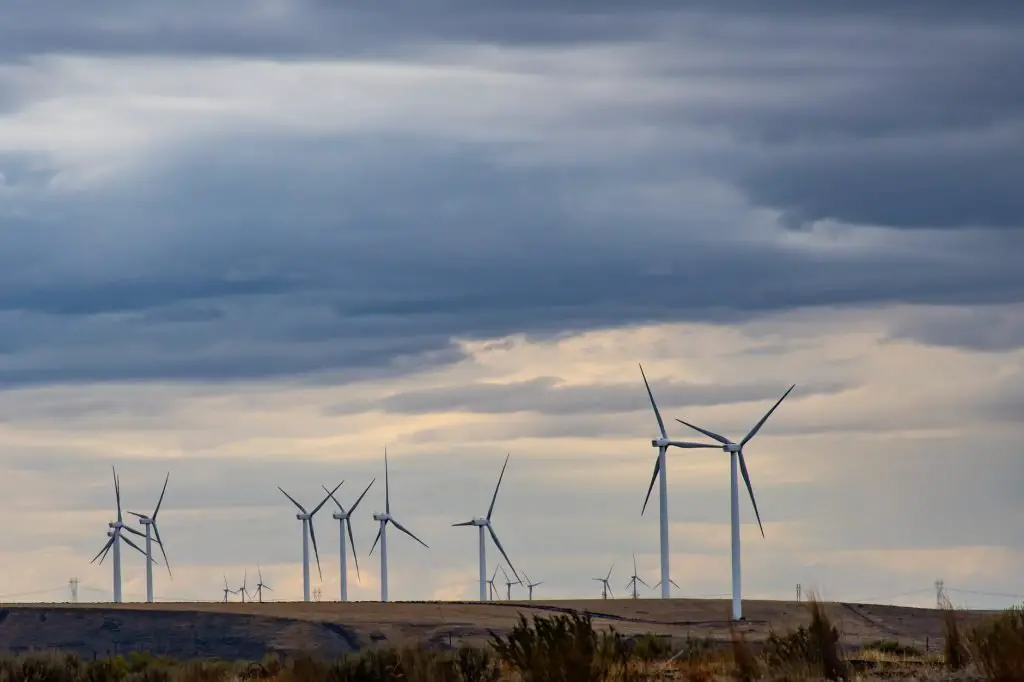
Disadvantages of Wind power
1. Biological Resource Impacts
Wind energy can have an impact on plants and animals as do any construction project but it depends upon the sensitivity of the area. The primary concerns which are connected with wind energy are the loss of wildlife and natural vegetation. Bird collisions (mostly bats) are very common since the blades spin 15 times per minute.
2. A variable source of energy
Wind turbines can only produce electricity when the wind is blowing. However, this can be compensated so there is actually no power loss or any changes in power supply for the end user. Newer power systems constantly shift from solar/wind to grid supply when the renewable energy is not producing enough power, but only as a backup.
3. Aesthetics
Many people see a positive image of the economic development and see these wind turbines as graceful symbols. Others might see be completely against it with the thought that they contribute to the industrial encroachment in rural areas.
4. Shadow flicker
This occurs when the blades of the rotor turn and cast a shadow. Designers avoid placing the wind turbines into places where there are chances of shadow flicker to occur.
5. Sound
Wind turbines do make sound and are not silent. The sounds which are produced are typically foreign to the rural areas. However, over the years, the technology has progressed and improved to make the turbines much quitter during operation.
6. Construction
The construction of wind systems requires transportation of large and heavy equipment which would cause a temporary disturbance in the rural area. Erosion is also very common to happen during construction projects.
7. Initial cost of Investment
The initial cost of investment of setting up wind turbines is excessively high. Average cost of utility-scale wind turbine costs around $1-2 Million per Megawatt, thereby costing $3-4 Million for an average 2 Megawatt wind turbine. Commercial wind turbines installed privately by us in our homes cost around $6800/kW, costing an average household of 5kW about $32000.
The future of sustainable energy involves wind power in a major way. Embracing wind energy today would ensure a healthy future; which would help us all to have a clean and green living.
